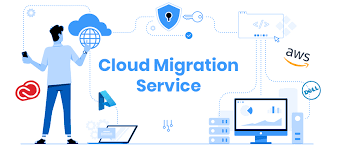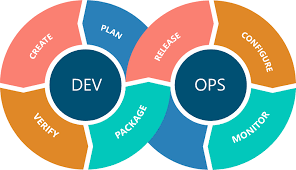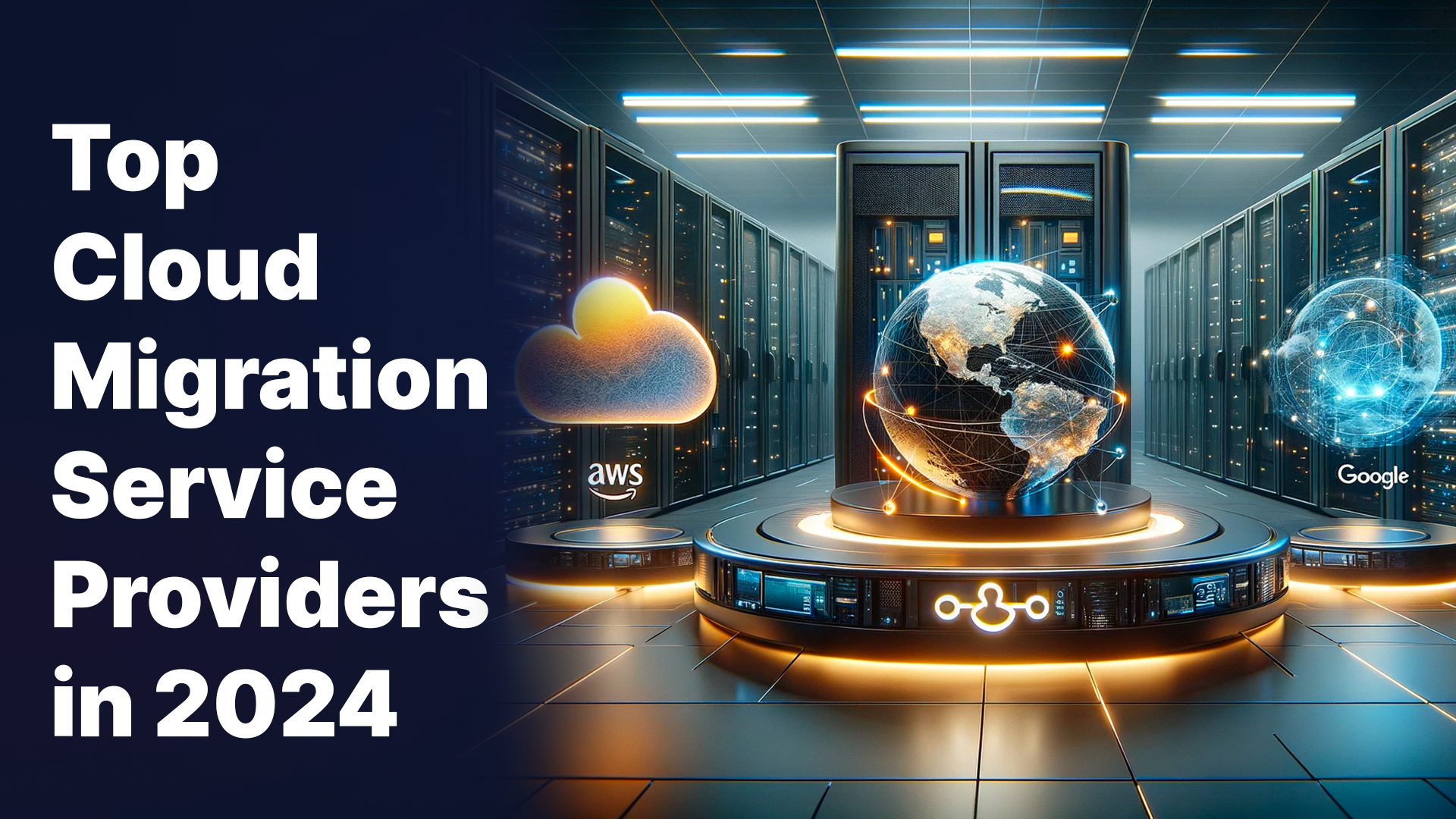Evolution of Business Intelligence; Its Past, Present, and Future.

Introduction to the Evolution of Business Intelligence
Staying ahead of the curve is critical for success in the fast-paced corporate world. Business Intelligence (BI) is one significant factor that has had a revolutionary impact in this area. BI has evolved from simple data reporting to a sophisticated framework that enables firms to make data-driven choices. In this blog, we will examine the evolution of business intelligence, from its humble beginnings to its current status as a key tool for strategic decision-making.
About business intelligence:
The use of technology, procedures, and tools to transform raw data into meaningful and actionable insights for informed decision-making inside a company is referred to as Business Intelligence (BI). It entails gathering, analyzing, and displaying data from numerous sources to present a complete picture of corporate performance – encompassing the evolution of business analytics. BI operations range from basic reporting and analytics to advanced capabilities such as data mining, predictive modeling, and artificial intelligence. The purpose of business intelligence is to equip organizations with the ability to extract useful insights, spot trends, and make strategic decisions based on a data-driven understanding of their operations and the external environment.
Illustration of how business intelligence works in three stages:
Stage 1: Data Gathering
The first phase involves the methodical collection of raw data from multiple business databases, which may be deployed across heterogeneous systems and platforms.
Stage 2: Cleaning and Transformation of Data
Following data collection, the information is cleaned and transformed within a centralized data warehouse. This provides accuracy, consistency, and an ideal analytical structure. Relevant data tables, for example, might be built and linked to fit with specific aims, such as project appraisal or sales analysis.
Stage 3: Interaction with the BI System
Users engage with the Business Intelligence (BI) system to extract insights at the final stage. The BI system promotes faster and more intuitive data exploration through queries, reports, and analytics, allowing users to make educated decisions more efficiently. This user-driven engagement symbolizes the apex of the BI process, at which point the value of transformed data becomes actionable.
Business Intelligence History and Evolution
Business intelligence (BI) has evolved through a transformative journey molded by technological breakthroughs and altering company needs. Beginning with primitive data reporting in the 1960s, the evolution of business intelligence went through several stages. Decision Support Systems (DSS) emerged in the 1980s, offering advanced analytics for informed decision-making. The advent of data warehousing and Online Analytical Processing (OLAP) in the 1990s provided a consolidated platform for thorough analysis. With the introduction of self-service BI in the 2000s, non-technical users were able to build reports and dashboards for the first time. In the 2010s, the era of big data presented new difficulties, which were solved by enhanced analytics and cloud-based solutions. AI and augmented analytics are currently at the forefront, automating data processing and supplementing human decision-making. This shift underlines BI’s crucial role in establishing a data-driven culture, as it transitions from static reporting to dynamic, user-centric, and predictive analytics.
ITS PAST
Business Intelligence History: The origins of Business Intelligence (BI) may be traced back to ancient times when companies relied on manual data collecting and analysis to inform decision-making. Individuals gathered data and manually interpreted it to make strategic business decisions in this primitive form of BI.
ITS PRESENT
Enterprises today face a data flood, with massive amounts of information relating to consumers, suppliers, products, and business partners. Modern BI solutions take advantage of computer power and smart software to enable more effective data mining at scale and improved data warehouse storage. Current BI technologies, which are critical for achieving a competitive advantage, focus on converting data into actionable insights using methods such as reverse ETL. While conventional data science professionals were required to interpret these insights, the evolution of business intelligence tools emphasizes user-friendliness, allowing non-technical individuals to examine data and create reports. Despite advances, some firms continue to need help with implementing effective BI strategies, resulting in issues such as poor data practices and factual mistakes.
ITS FUTURE
The future of business intelligence and analytical reporting envisions a shift toward self-service BI. This progression attempts to enable anybody with little technical expertise to get meaningful information from business intelligence technologies. Artificial intelligence and machine learning will be critical in improving the accuracy and speed of findings. The emphasis on self-service BI solutions corresponds to making internal data reports easily accessible within enterprises. While some training may be required, the benefits of these technologies greatly outweigh the costs, making them an appealing proposition for staff looking to harness data for strategic decision-making in the future.
Conclusion:
Business Intelligence (BI) has developed from manual data analysis to a sophisticated force driving decision-making in the dynamic domain of corporate success. The three-stage BI process exemplifies the journey from raw data to actionable insights, from data collection to user-driven interactions. When we look back at the history and the evolution of business intelligence, we see that it has its origins in manual interpretation, which contrasts with today’s deluge of data. Modern BI solutions make use of cutting-edge technology but suffer implementation issues.
In the future, self-service BI will democratize data access while AI and machine learning will improve decision-making. In an ever-changing corporate world, BI’s agility and innovation demonstrate its continuing significance in leading firms toward strategic decisions.
FAQs:
- What role has technology had in the evolution of business intelligence?
Technology advancements such as faster processing, cloud computing, and big data tools have allowed firms to examine more and more diverse datasets, resulting in more nuanced insights.
- What problems did firms face at various stages of business intelligence history and evolution?
Managing various data sources, guaranteeing data veracity, and adjusting to changing technology landscapes were all issues for organizations. The change to self-service BI introduced new hurdles in terms of user acquisition, training, and the effective execution of BI methods.
- What role will emerging technologies like artificial intelligence and machine learning play in the future of business intelligence?
Emerging technologies, particularly AI and machine learning, will be critical to the future of business intelligence. They improve data analysis accuracy and speed, automate difficult operations, and enable predictive analytics. The future of business intelligence sees a shift toward self-service BI, making information available to people with diverse technical backgrounds.
- What role has Business Intelligence (BI) played over time?
The function of business intelligence has developed from simple data reporting to a sophisticated framework that enables firms to make data-driven choices. Initially used for basic reporting, business intelligence (BI) has evolved to include complex analytics, self-service capabilities, and interaction with future technologies like artificial intelligence.



















































